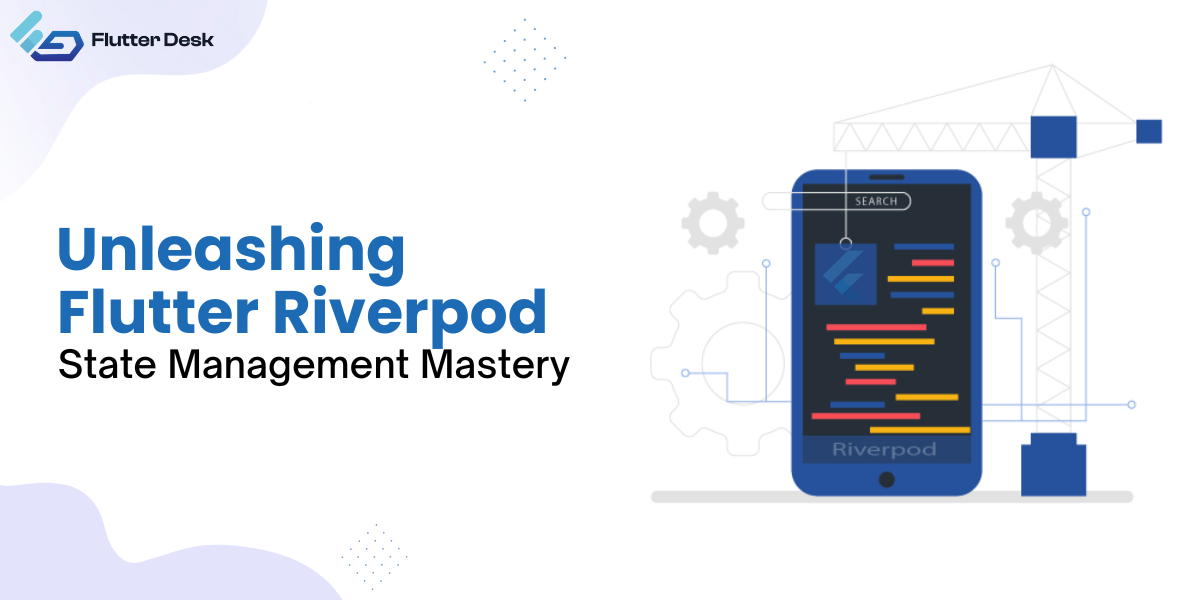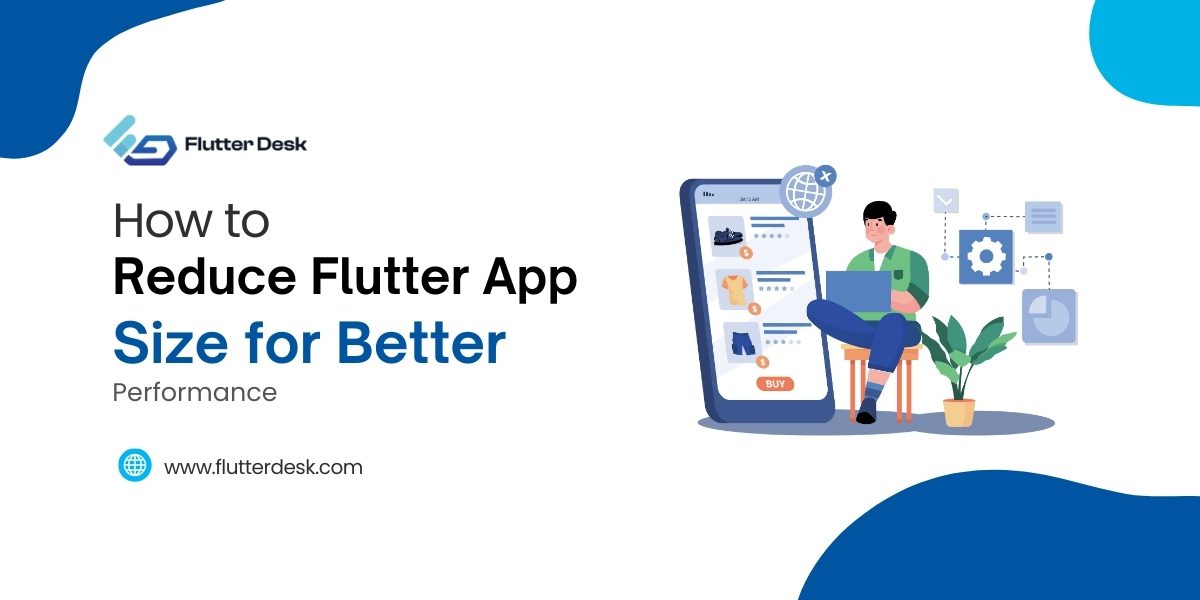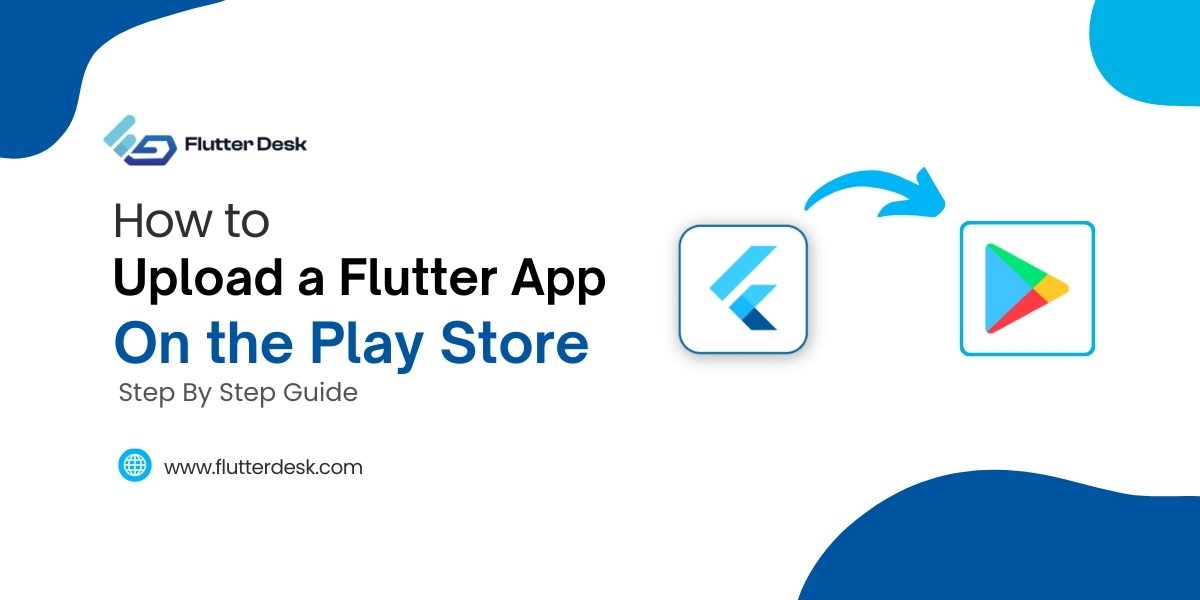Riverpod Flutter has revolutionized how we handle state in our applications and has swept the Flutter development community. Using Flutter Riverpod, a potent state management tool, managing and sharing state in Flutter applications is more accessible. If you’ve ever struggled with intricate state management systems or felt lost in boilerplate code, feel free! The Flutter Riverpod is here to transform your app development process.
In this post, we will examine Riverpod in-depth and see how its streamlined state management features enhance your Flutter apps.
What Is Riverpod In Flutter?
For Flutter apps, Riverpod is a state management library. It is based on the Provider package and provides an alternate method for handling state in Flutter apps. You can specify providers using riverpod flutter, which serves as the state’s source of truth. Fine-grained control over how the state is accessed and exchanged is possible with the help of these providers, which can be scoped to specific widget subtrees or inherited throughout the widget tree.
Utilizing Riverpod allows developers to separate UI elements from business logic, handle state changes efficiently, and reduce boilerplate code.
Riverpod Providers
Provider makes the core of Riverpod’s state management approach. They serve as a source of truth for the state of your app and let you read and update that state from different areas of your Flutter application. Riverpod Flutter supports a variety of providers, each of which serves a particular function.
Provider
This is the most basic provider. It takes value and exposes it. This value cannot change over time, and if you need a mutable state, you should use other types of providers.
FutureProvider
This is a provider that works with Futures. It gives you async loading, error handling, and out-of-the-box caching.
ChangeNotifierProvider
Creates a ChangeNotifier and exposes its current state. Combined with ChangeNotifier, ChangeNotifierProvider can manipulate advanced states that would otherwise be difficult to represent with more straightforward providers such as Provider or FutureProvider.
StateNotifierProvider
Similar to ChangeNotifierProvider, but works with StateNotifiers. A StateNotifier is a way to encapsulate a mutable state with specific methods for modifying that state.
StreamProvider
Regarding Streams instead of Futures, StreamProvider is comparable to FutureProvider. StreamProvider is typically utilized:
- For listening to Firebase or web-sockets
- rebuilding a different provider within seconds.
Some people might believe that utilizing StreamProvider has little utility because Streams, by their very nature, give a mechanism to listen to updates. The value of the StreamBuilder provided by Flutter could be better. Listening to a stream would be as effective using Flutter’s StreamBuilder, but this needs to be corrected.
Using StreamProvider over StreamBuilder has numerous benefits:
- It lets other services hear the streamed data using a feature called ref.watch.
- It takes care of loading and error situations with the help of a tool named AsyncValue.
- It eliminates the need to distinguish between two types of data streams: broadcast and regular.
- It holds onto the most recent piece of data from the stream. So even if a listener joins late, they still get the latest information.
- It makes testing easier. You can mimic the data stream during tests by changing the StreamProvider.
Flutter Riverpod Example
Here’s a simple example of how you can use Riverpod for state management in a Flutter app: below is the mentioned flutter riverpod login example showcases a basic counter app that utilizes Riverpod for state management, providing a reactive UI that updates in response to changes in the counter value.
- Firstly, we define a CounterNotifier using StateProvider instead of Provider. This allows us to directly access and modify the state using the .state property of the provider.
- Then we define counterNotifierProvider using StateNotifierProvider, which returns an instance of CounterNotifier.
- We wrap our MaterialApp with ProviderScope to use Riverpod’s provider
- The HomePage is now a ConsumerWidget, which automatically rebuilds itself whenever the value of the counter changes. Inside the build method, we use the ref.watch function provided by WidgetRef to access the counter value from the provider. This ensures that the UI stays updated with the current counter value.
- When the floating action button is pressed, we pass the notifier property of counterNotifierProvider to the ref.read function and call the increment function of the CounterNotifier.
import 'package:flutter/material.dart';
import 'package:flutter_riverpod/flutter_riverpod.dart';
void main() => runApp(const MyApp());
class MyApp extends StatelessWidget {
const MyApp({super.key});
@override
Widget build(BuildContext context) {
return const ProviderScope(
child: MaterialApp(home: HomePage()),
);
}
}
final counterNotifierProvider = StateNotifierProvider((_) => CounterNotifier());
class CounterNotifier extends StateNotifier<int> {
CounterNotifier() : super(0);
void increment() => state++;
}
class HomePage extends ConsumerWidget {
const HomePage({Key? key}) : super(key: key);
@override
Widget build(BuildContext context, WidgetRef ref) {
final count = ref.watch(counterNotifierProvider);
return Scaffold(
appBar: AppBar(title: const Text('Riverpod'), centerTitle: true),
body: Center(child: Text('Count => $count')),
floatingActionButton: FloatingActionButton(
onPressed: ref.read(counterNotifierProvider.notifier).increment,
child: const Icon(Icons.add),
),
);
}
}
This is how the upper mentioned examples turn out to be:
Why Choose Riverpod For State Management?
Several compelling factors are responsible for Riverpod’s increasing popularity. First, it stands out because of its simplicity. Even developers unfamiliar with Flutter or state management principles can use Flutter Riverpod API because it is made to be simple to learn and utilize. In addition, flutter riverpod consumer has exceptional scalability, enabling developers to effectively manage the state in small and complex applications. The decoupling of UI and business logic by Riverpod encourages a separation of responsibilities, which makes codebases simpler to maintain and test.
What Is The Difference Between Riverpod And StackedFlutter?
The critical difference between Riverpod and Stacked is the following:
-
State Management Approach
Flutter_Riverpod, a state management library, aims to offer a simple and scalable solution for managing the state in Flutter projects. It is based on the Provider package and encourages a compositional and hierarchical approach to state management.
While on the other hand, stacked Flutter is a pattern for architectural design that goes beyond state management. It uses reactive view models to handle the state using the Flutter Riverpod MVVM architecture.
-
Scope and Flexibility
To provide users with fine-grained control over where and how the state is accessible and shared inside the widget tree, riverpod flutter offers a hierarchical and scoped approach to state management. It provides flexibility in managing complicated state dependencies by supporting calculated and nested providers.
Whereas the primary goal of Stacked Flutter is to provide a clear distinction between business logic (ViewModels) and UI components (Views). Although it focuses on using reactive view models to manage and expose the state to the UI, Riverpod provides a higher level of scoped state management.
-
Package Dependency
The functionality of Riverpod is expanded upon and placed on top of that of the Provider package. It works nicely with other Flutter libraries and may be used with several packages for a broader range of features and utility.
Stacked Flutter doesn’t rely on any particular package or library for state management. Various state management tools, such as Provider, Riverpod, or GetX, can be used to execute this architectural pattern.
Is Riverpod Better Than Getx
Although Riverpod and GetX are well-known state management options for Flutter, they have unique strategies and advantages. Riverpod enables hierarchical and scoped state management along with flexibility and composability. Conversely, GetX emphasizes simplicity and productivity while offering extra features like dependency injection and automatic route management. Which option is better depends on your requirements and tastes.
Riverpod Vs. Provider
Both Riverpod and Provider are state management libraries for Flutter with comparable objectives. Since Riverpod is more flexible than Provider and does not rely on the Flutter widget tree to give objects, it can behave more naturally and allow for the representation of more complicated patterns. You are less likely to encounter runtime issues because Riverpod has greater compile-time safety.
Conclusion
Riverpod gives you the tools to create reliable and upkeep-friendly applications, regardless of your level of Flutter development experience. It adds value to your toolkit of Flutter development because of its versatility, scalability, and support for cutting-edge technologies like computed providers. Start immediately incorporating Riverpod into your Flutter projects to realize the full potential of effective state management in your apps. We are happy to assist if you still need more confidence and require assistance from a then hire a flutter developer now!
With Riverpod, happy coding!











